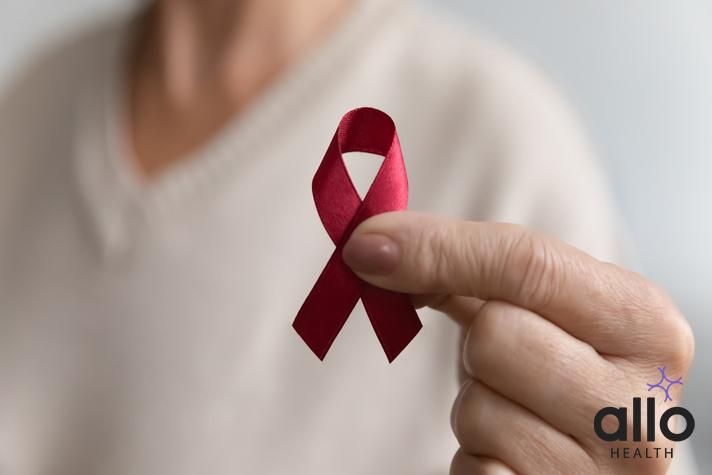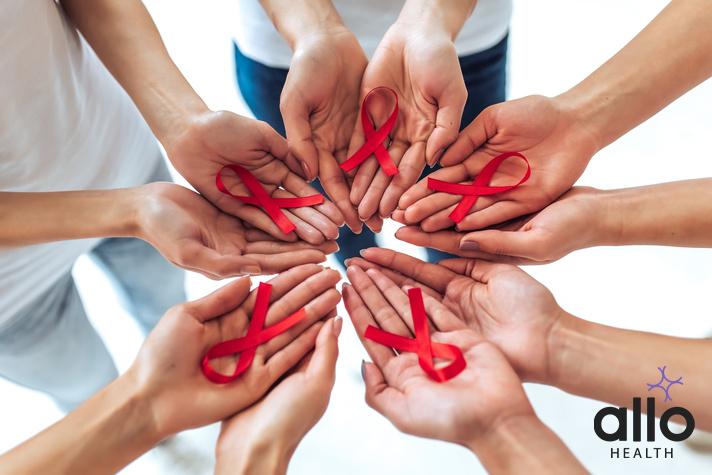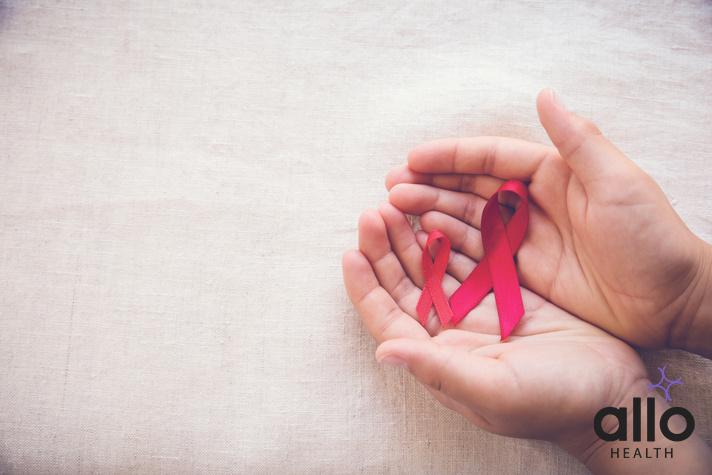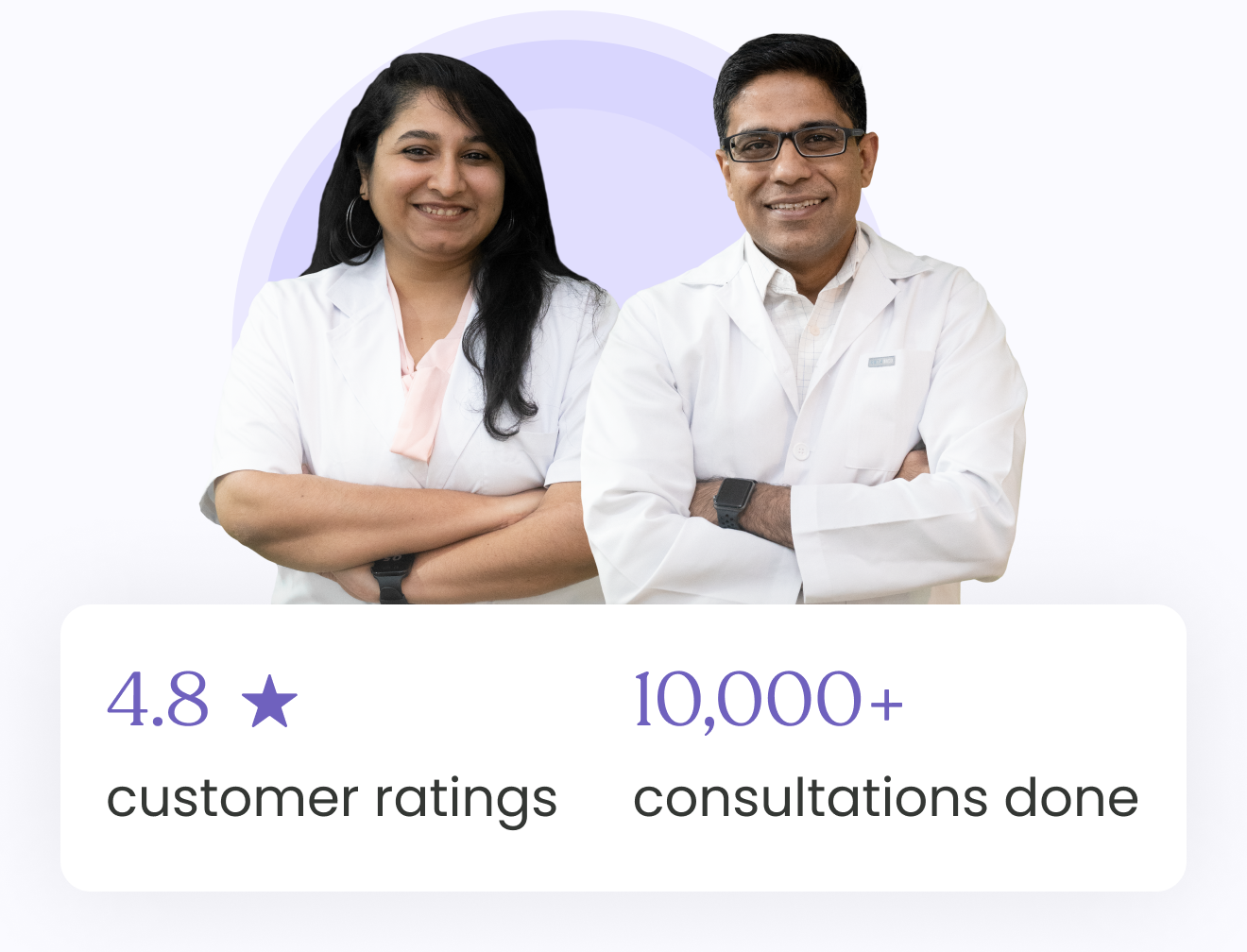What Is HIV?

Allo Health is dedicated to personalized well-being, offering support and trusted information tailored to individual health goals. The platform emphasizes human-generated content, led by a distinguished medical team of experts, including physicians and sexual health specialists. Their commitment to credibility involves rigorous fact-checking, authoritative research, and continuous updates to ensure accurate, up-to-date information. Allo Health's unique approach goes beyond conventional platforms, providing expert-led insights and a continuous commitment to excellence, with user feedback playing a crucial role in shaping the platform's authoritative voice.

Dr Sanina Mansoor holds MBBS degree from Yenepoya university,Mangalore.She has 8 years of experience working as a medical officer at various health centres and medical colleges.
Why This Was Upated?
Our experts continually monitor the health and wellness space, and we update our articles when new information became available.
Updated on 26 February, 2025
- Article was updated as part of our commitment to diversity, equity, and inclusion.

"The following blog article provides general information and insights on various topics. However, it is important to note that the information presented is not intended as professional advice in any specific field or area. The content of this blog is for general educational and informational purposes only.
Book consultation
The content should not be interpreted as endorsement, recommendation, or guarantee of any product, service, or information mentioned. Readers are solely responsible for the decisions and actions they take based on the information provided in this blog. It is essential to exercise individual judgment, critical thinking, and personal responsibility when applying or implementing any information or suggestions discussed in the blog."
HIV, or Human Immunodeficiency Virus, is a virus that attacks the immune system, specifically targeting CD 4 cells, which are crucial for the body’s defence against infections. When left untreated, HIV can lead to a condition called AIDS (Acquired Immunodeficiency Syndrome), where the immune system becomes severely weakened, making the body vulnerable to opportunistic infections and certain cancers.
How HIV Spreads
HIV is primarily transmitted through certain bodily fluids, including blood, semen, vaginal fluids, rectal fluids, and breast milk. The most common modes of HIV transmission include:
- Unprotected Sex: Engaging in vaginal, anal, or oral sex without a condom with someone who has HIV increases the risk of transmission.
- Sharing Needles: Sharing needles or syringes with an infected person, commonly associated with drug use, can lead to HIV transmission.
- Mother-to-Child Transmission: HIV can be passed from an HIV-positive mother to her child during pregnancy, childbirth, or breastfeeding.
- Blood Transfusions and Organ Transplants: Although rare in countries with stringent screening protocols, HIV transmission can occur through infected blood or organ donations.
- Occupational Exposure: Healthcare workers may be at risk of HIV transmission if they are exposed to infected blood or body fluids through needle-stick injuries or accidents during medical procedures.
HIV Symptoms

The symptoms of HIV can vary widely and may not appear immediately after infection. Some people may experience flu-like symptoms within the first few weeks after exposure, including fever, fatigue, swollen lymph nodes, sore throat, rash, muscle and joint aches, and headaches. However, others may not experience any symptoms for years.
As HIV progresses, the immune system weakens, leading to more severe symptoms and complications. These can include:
- Chronic Diarrhoea
- Weight Loss
- Fever
- Night Sweats
- Fatigue
- Swollen Lymph Nodes
- Skin Rashes
- Recurrent Infections
HIV Testing and Diagnosis
Testing for HIV is crucial for early diagnosis and treatment. Common HIV tests include:
- Antibody Tests: These tests detect antibodies produced by the immune system in response to HIV infection. They can be done using blood, oral fluid, or urine samples.
- Antigen Tests: These tests detect HIV antigens, which are proteins produced by the virus itself.
- Nucleic Acid Tests (NAT): NAT tests detect HIV genetic material (RNA or DNA) and are highly sensitive, often used for early detection.
HIV Treatment
While there is no cure for HIV, effective treatment is available to manage the virus and prevent its progression to AIDS. The primary treatment for HIV is anti retro viral therapy (ART), which involves taking a combination of medications to suppress the virus, reduce its replication, and maintain a healthy immune system.
ART has transformed HIV from a life-threatening illness to a chronic, manageable condition for many people. It helps prevent the progression of HIV to AIDS, reduces the risk of opportunistic infections, and improves overall health and quality of life.
Prevention of HIV
Preventing HIV transmission is essential in controlling the spread of the virus. Effective prevention strategies include:
- Using Condoms: Consistently using condoms during sexual activity, including vaginal, anal, and oral sex, reduces the risk of HIV transmission.
- Pr EP (Pre-Exposure Prophylaxis): Pr EP is a medication taken by HIV-negative individuals to reduce the risk of acquiring HIV. It is highly effective when taken as prescribed.
- PEP (Post-Exposure Prophylaxis): PEP is a short-term medication regimen taken after potential exposure to HIV to prevent infection. It is most effective when started within 72 hours of exposure.
- Regular HIV Testing: Getting tested for HIV regularly, especially if engaging in high-risk behaviours, allows for early diagnosis and treatment.
- Needle Exchange Programs: Providing access to clean needles and syringes reduces the risk of HIV transmission among people who inject drugs.
- Treatment as Prevention: People living with HIV who maintain an undetectable viral load through effective treatment are highly unlikely to transmit the virus to others.
Challenges and Stigma

Despite advances in HIV treatment and prevention, several challenges remain in the global response to HIV/AIDS. These include:
- Access to Treatment: Ensuring equitable access to HIV treatment and medications for all individuals, particularly in low- and middle-income countries.
- Stigma and Discrimination: HIV-related stigma and discrimination continue to hinder prevention efforts and access to healthcare for people living with HIV.
- High-Risk Populations: Certain populations, such as men who have sex with men, transgender individuals, sex workers, people who inject drugs, and prisoners, face increased vulnerability to HIV due to social, economic, and structural factors.
- HIV in Key Populations: Addressing HIV among key populations requires tailored approaches that consider their specific needs and challenges.
HIV remains a significant global health concern, but with effective prevention strategies, early diagnosis, and access to treatment, its impact can be mitigated. Promoting HIV testing, ensuring access to care and treatment, addressing stigma and discrimination, and implementing comprehensive prevention programs are essential steps in the fight against HIV/AIDS.








































